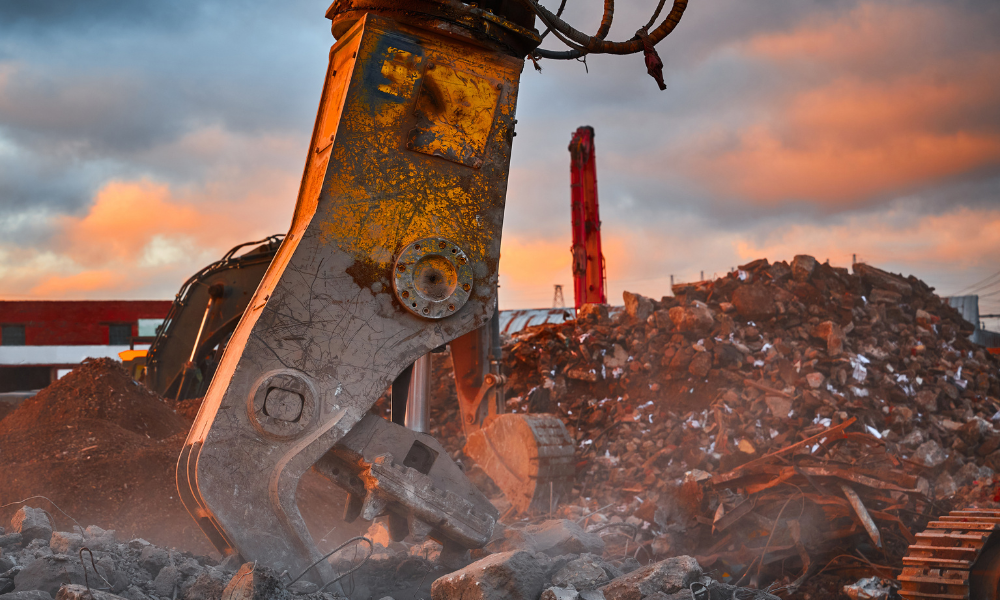GM Canada senior manager talks automation and the company's approach to risk

From manufacturer to platform innovator, General Motors is redefining its role in the automotive industry. Mark Glazier, GM Canada’s senior manager of electric vehicle and battery occupational health and safety spoke to COS about how the company's lean into tech and data-based decision-making is influencing their approach to safety.
“I’m part of a task force that looks at innovative technologies to see how we can implement them in our plants and facilities to make them more efficient and safer,” said Glazier.
Automation plays a crucial role, enhancing occupational health and safety within this new paradigm. GM's approach to battery manufacturing leverages automation to reduce operator error and exposure, reducing risk during critical phases of production.
“With the ability to analyze multiple streams of data, we’re able to track incidents in real time, manage risk and react quickly at the corporate level to improve onsite processes,” said Glazier.
This commitment to innovation stretches beyond algorithms and data collection – it’s integral to GM’s environment, social and governance strategy too. Glazier’s group is focused on managing battery safety, transportation of dangerous goods, environmental sustainability and recycling.
“We understand how to manage the environmental lifecycle of a battery,” said Glazier. “If there is a damaged battery onsite, we are involved all the way through the recycling process. From an environmental perspective, this where learning and innovation plays a key role in supporting current and future battery lifecycles.”
Outside of manufacturing, GM integrates health and safety processes throughout the business, including functions like environmental engineering. Glazier points out the critical role that designated element champions and performance standard champions play in driving health and safety management systems across the organization.
“Every site has 10-20 people that are fully integrated in these systems,” he tells COS.
The selection of these champions is strategic, ensuring that the system's reach extends across different organizational functions. By incorporating environmental professionals alongside production managers and plant directors, GM ensures that its approach to health and safety is comprehensive, covering aspects from chemical control to risk management. This diversified engagement ensures that environmental considerations are seamlessly integrated into GM’s broader health and safety objectives.
“A lot of these roles and responsibilities connect back to our performance management to ensure there’s a consistent long-term approach to Health and Safety Management,” said Glazier. “This standard is something that we’re going to be rated on to ensure stakeholders know it's a high priority for the organization.”
But all this innovation is only possible through knowledge sharing – something Glazier is deeply passionate about. One of his key responsibilities is sharing new ideas and initiatives across the global expanse of GM.
“We’re making change on a global level,” said Glazier. “We host global forums and workshops that all our sites can use to share key learnings and requirements. This allows us to be prepared for any type of change – whether its retooling to build electric vehicles or implementing non-manufacturing work like engineering”.





